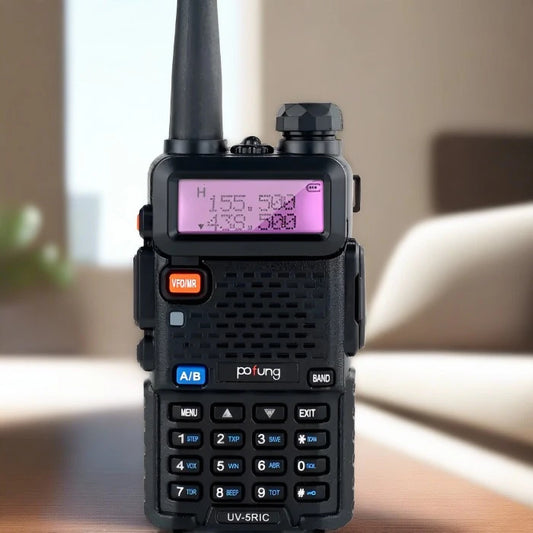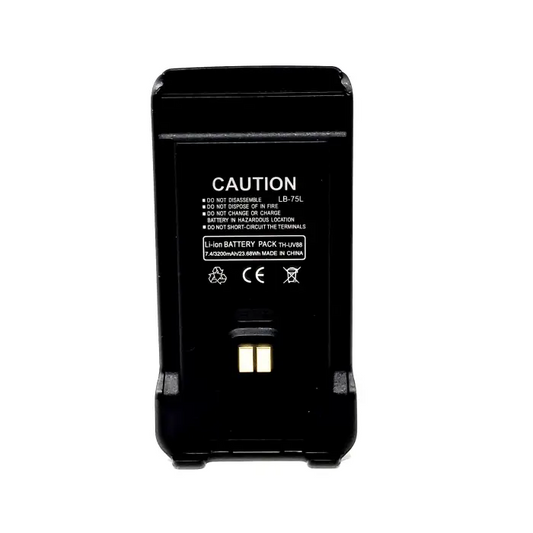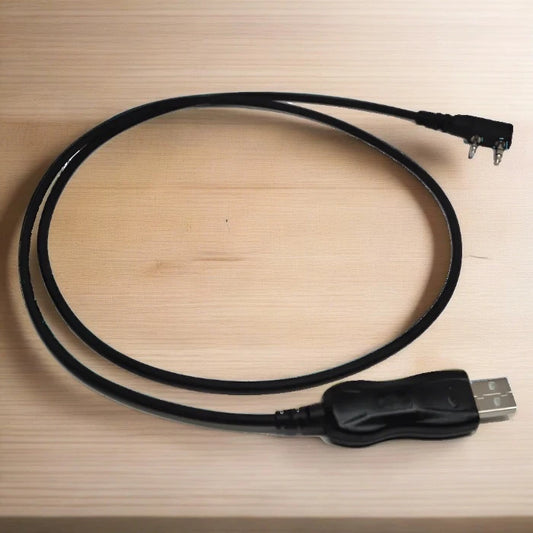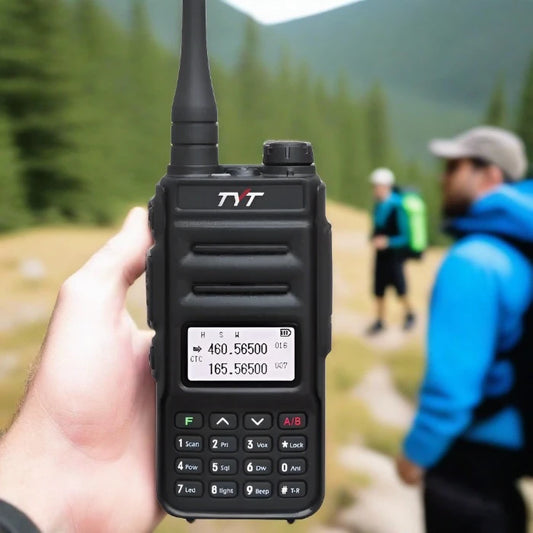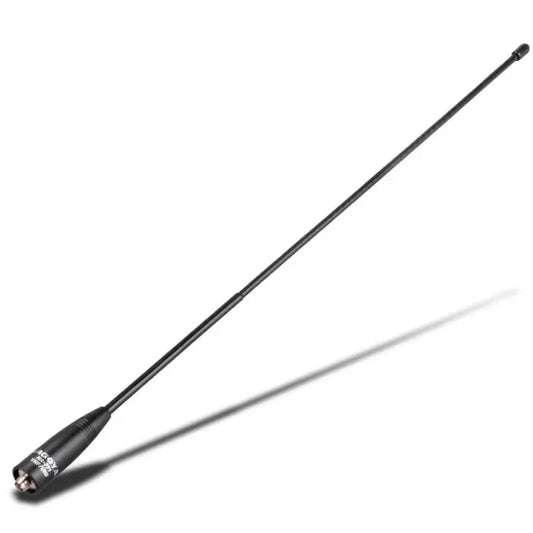The 6-meter band, also known as the 50 MHz band, is one of the most fascinating frequency bands in the world of amateur radio. It is called the magic band due to its unique characteristics that make it an excellent band for long-distance communication. In this blog post, we will explore the reasons behind the magic band's name, with a focus on both the VHF and HF characteristics of the band.
VHF Characteristics
The 6-meter band is part of the VHF (Very High Frequency) spectrum, and it lies between the 50 and 54 MHz frequency range. VHF signals have a relatively short wavelength, which means they can be easily affected by changes in the atmosphere, such as ionospheric conditions and temperature inversions. These atmospheric conditions can cause signals to travel further than they would on other bands, such as the 2-meter band. This is why the 6-meter band is known for its long-distance communication capabilities.
One of the key characteristics of the 6-meter band is sporadic E (Es) propagation. This occurs when the ionosphere is ionized by solar radiation, creating a layer of ionized gas at a specific altitude. When this happens, radio signals at 50 MHz can be reflected back to Earth, allowing them to travel much further than they would normally be able to. Sporadic E propagation is unpredictable and can occur at any time of the year, but it is most common during the summer months.
HF Characteristics
The 6-meter band also exhibits some characteristics that are typical of HF (High Frequency) bands. These include long-distance communication and the ability to bounce signals off the ionosphere. However, the 6-meter band has a unique advantage over other HF bands, as it exhibits both ground-wave and sky-wave propagation.
Ground-wave propagation is when the radio signal travels along the Earth's surface and is affected by terrain, obstacles, and other objects. Sky-wave propagation, on the other hand, occurs when the signal is reflected off the ionosphere and bounces back down to Earth. The 6-meter band has a good balance of both types of propagation, making it a versatile band for both short and long-distance communication.
Antennas
To effectively use the 6-meter band, specialized antennas are required due to the relatively long wavelength of the signals. The antennas can be quite large and unwieldy, requiring a lot of space to set up properly. However, the rewards of using the 6-meter band can be substantial. Contacts made on this band can be some of the longest and most satisfying for amateur radio operators. In addition, the unique equipment and antennas used on the 6-meter band provide a challenge for operators looking to expand their skills and knowledge of radio technology.
Conclusion
In conclusion, the 6-meter band, or 50 MHz band, is called the magic band because of its unique characteristics that make it an excellent band for long-distance communication. The VHF and HF characteristics of the band make it a versatile band for both short and long-distance communication. The band's unique combination of ground-wave and sky-wave propagation, as well as the requirement for specialized equipment and antennas, make it a challenging and rewarding band for amateur radio operators. If you are interested in exploring the magic band, consider getting involved in the amateur radio community and learning more about this fascinating frequency.





